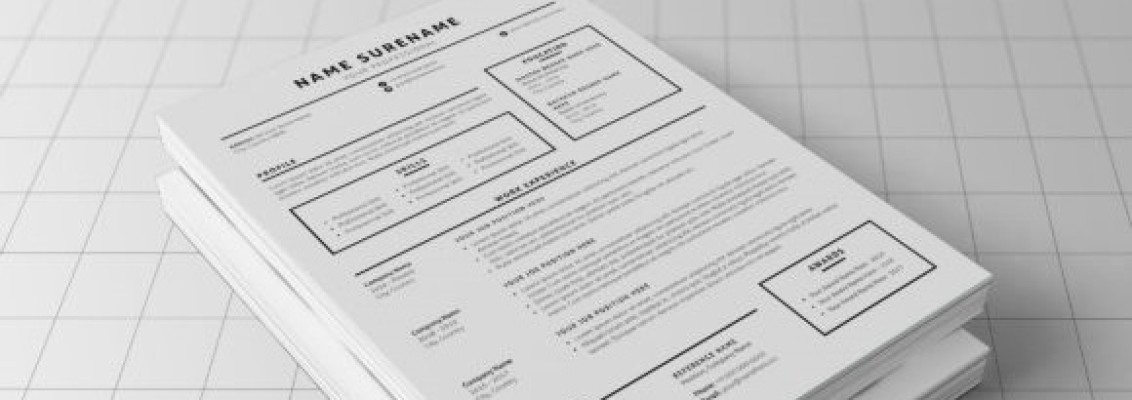Information Desk | Nov 12, 2024
Table of Content
Categories
When preparing a job application, it's essential to know the type of document that best showcases your qualifications. While terms like CV, resume, and biodata are often used interchangeably, they refer to distinct formats with unique characteristics, content, and purposes. Here, we’ll break down each document type to help you understand when and how to use them effectively.
A) CV (Curriculum Vitae)
The term "Curriculum Vitae" is derived from the Latin phrase meaning "course of life." A CV is a comprehensive, detailed document that provides a deep dive into your academic and professional journey, making it ideal for specific applications where extensive detail is valued.
Key Characteristics:
- Length: Generally longer than a resume. It can be over two pages and may span several pages, especially for experienced professionals or academics.
- Content:
- Personal Information (name, contact details)
- Objective or Personal Statement (optional)
- Educational Background
- Work Experience
- Skills
- Research and Publications (for academic and research fields)
- Awards and Honors
- Conferences and Presentations
- Certifications and Training
- Professional Affiliations
- Languages Spoken
- References
- Purpose: Primarily used in academia, research, and international job applications where a comprehensive record of experience and achievements is relevant.
Where It’s Used:
- Academic and Research Positions
- Medical and Scientific Fields
- International Opportunities (particularly in regions like the UK, Europe, and the US, where CVs are standard for academic roles)
When to Use a CV: If you’re applying for roles in academia, research, or scientific fields, or for international positions that require a detailed account of your qualifications, a CV is the preferred choice.
B) Resume
A resume is a concise, targeted summary of your qualifications, professional experience, skills, and achievements, specifically tailored to a particular job opportunity. Resumes are often used in corporate and private sectors, where a quick overview of relevant skills is more valuable than extensive detail.
Key Characteristics:
- Length: Typically 1 page for entry-level candidates or up to 2 pages for those with more experience. The focus is on brevity and relevance.
- Content:
- Contact Information
- Objective or Summary (optional)
- Relevant Work Experience
- Education
- Skills
- Certifications (if applicable)
- Awards or Achievements (if relevant)
- Volunteer Experience or Interests (optional)
- Purpose: Aimed at highlighting qualifications that are specifically suited to the job or industry for which you’re applying.
Where It’s Used:
- Corporate Sector
- Private Industry
- Nonprofit Organizations
When to Use a Resume: For roles in the corporate sector, industry, or other professional settings, a resume is the ideal document to demonstrate your skills and experiences most relevant to the position.
C) Biodata
Biodata, short for "biographical data," is a more personal, straightforward document, widely used in South Asia, especially for matrimonial or personal purposes. In some cases, it can also be used for job applications, particularly entry-level or government roles.
Key Characteristics:
- Length: Generally shorter than a CV or resume, usually 1-2 pages.
- Content:
- Personal Details (age, gender, marital status, religion, etc.)
- Educational Qualifications
- Professional Background (if applicable)
- Skills or Interests (occasionally)
- References (optional)
- Photograph (often included)
- Purpose: Primarily for personal use, such as matrimonial purposes, but can also be used in specific job applications in regions where it is standard practice.
Where It’s Used:
- South Asia (e.g., India, Pakistan, Sri Lanka, Bangladesh)
- Frequently used in matrimonial settings or for job applications in entry-level or government positions.
When to Use Biodata: For matrimonial purposes or in some regions where job applications call for this format, a biodata is commonly used to present basic personal information.



